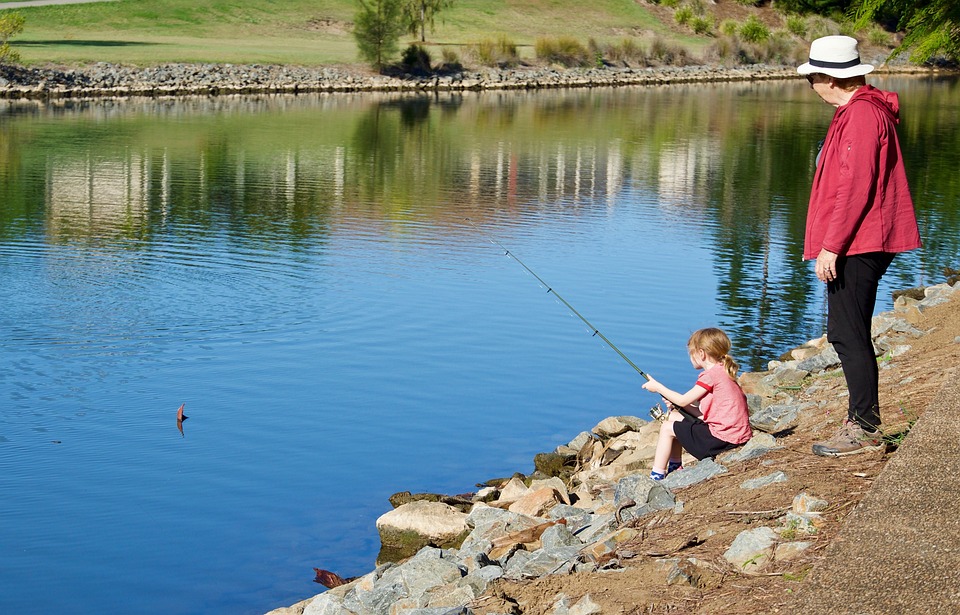Creating a suitable environment for your fish is crucial for their overall well-being. Any changes in the tank’s environmental conditions can significantly impact their behavior. In this article, we will explore the various factors that influence fish behavior and how modifications to their tank environment can affect them. Additionally, we will address frequently asked questions to provide a comprehensive understanding of this topic.
Factors Influencing Fish Behavior:
Water Quality:
1. Temperature: Fish are ectothermic, which means their body temperature is regulated by the surrounding water. Fluctuations in temperature can lead to stress, affecting their behavior.
2. pH levels: Fish have specific pH requirements for optimal health. Changes in pH levels can cause stress and lead to behavioral abnormalities.
3. Oxygen levels: Fish rely on dissolved oxygen in the water for respiration. Insufficient oxygen levels can lead to stress and altered behavior.
Tank Size and Layout:
1. Adequate space for swimming: Fish require enough space to swim freely. Overcrowding can lead to stress and aggressive behavior.
2. Hiding spots and shelter: Providing hiding spots and shelters mimics their natural habitat and helps reduce stress.
3. Proper substrate and decorations: The type of substrate and decorations in the tank can impact fish behavior. For example, sharp or abrasive substrates can injure fish, leading to stress and abnormal behavior.
Lighting:
1. Natural vs. artificial light: Natural light cycles influence fish behavior. However, artificial lighting can also affect their activity patterns and reproduction.
2. Photoperiod and its effects: The duration of light exposure can influence fish behavior, such as feeding and resting patterns.
Tank Mates:
1. Compatibility: Certain fish species have specific compatibility requirements. Incompatible tank mates can lead to stress, aggression, and territorial disputes.
2. Aggression and social hierarchy: Establishing a social hierarchy is common among many fish species. Aggressive behavior can arise during the formation of this hierarchy, leading to stress and altered behavior.
Impact of Environmental Changes on Fish Behavior:
Water Quality Changes:
1. Temperature fluctuations and their consequences: Rapid changes in temperature can stress fish and affect their metabolic rate and immune system.
2. pH level variations and stress: Drastic changes in pH levels can cause stress and impact fish behavior and overall health.
3. Oxygen levels and fish respiration: Insufficient oxygen levels can lead to fish gasping for air at the water’s surface and display erratic behavior.
Tank Size and Layout Modifications:
1. Restricted swimming space and behavioral abnormalities: Inadequate swimming space can lead to behavioral abnormalities, stress, and reduced overall health.
2. Insufficient hiding spots and stress: Fish need hiding spots to feel secure. Lack of hiding spots can cause stress and increased vulnerability to aggressive tank mates.
3. Improper substrate and its impact on natural behavior: Inappropriate substrate can hinder natural behaviors like digging or burrowing, leading to stress and behavioral changes.
Lighting Alterations:
1. Disruption of natural light cycles and fish biological rhythms: Changes in light cycles can disrupt fish’s biological rhythms, affecting feeding, resting, and reproduction.
2. Excessive or insufficient light and its effects on behavior: Excessive light can cause stress and increased activity levels, while insufficient light can lead to reduced activity and appetite.
Changes in Tank Mates:
1. Introduction of new tank mates and territorial disputes: Introducing new tank mates can result in territorial disputes and aggressive behavior, leading to stress and altered behavior.
2. Aggressive behavior and stressed fish: Aggressive tank mates can cause stress, leading to abnormal behavior, reduced appetite, and possible physical injuries.
FAQs (Frequently Asked Questions):
Q1. How often should I monitor water quality parameters?
It is recommended to monitor water quality parameters regularly, at least once a week, to ensure optimal conditions for your fish.
Q2. Can changes in lighting affect fish sleep patterns?
Yes, changes in lighting can disrupt fish sleep patterns. It is important to provide a consistent light-dark cycle to support their natural behavior.
Q3. How do I introduce new tank mates without causing stress to my fish?
Introduce new tank mates gradually and provide plenty of hiding spots. Quarantine new fish before introducing them to the main tank to prevent the spread of diseases.
Q4. What are some signs of stress in fish?
Some signs of stress in fish include reduced appetite, increased aggression or hiding behavior, rapid breathing, and color changes.
Q5. Is it essential to replicate natural habitats in a fish tank setup?
While it may not be possible to fully replicate natural habitats, providing elements like suitable substrate, hiding spots, and appropriate tank mates can help create a more natural and less stressful environment for fish.
Conclusion:
Understanding the impact of tank environmental changes on fish behavior is vital for maintaining a healthy and thriving aquatic community. By considering factors like water quality, tank size and layout, lighting, and tank mates, you can create an environment that supports natural behavior and minimizes stress. Regular monitoring and making necessary adjustments will ensure the well-being of your fish and provide an enjoyable experience for both you and your aquatic pets.









